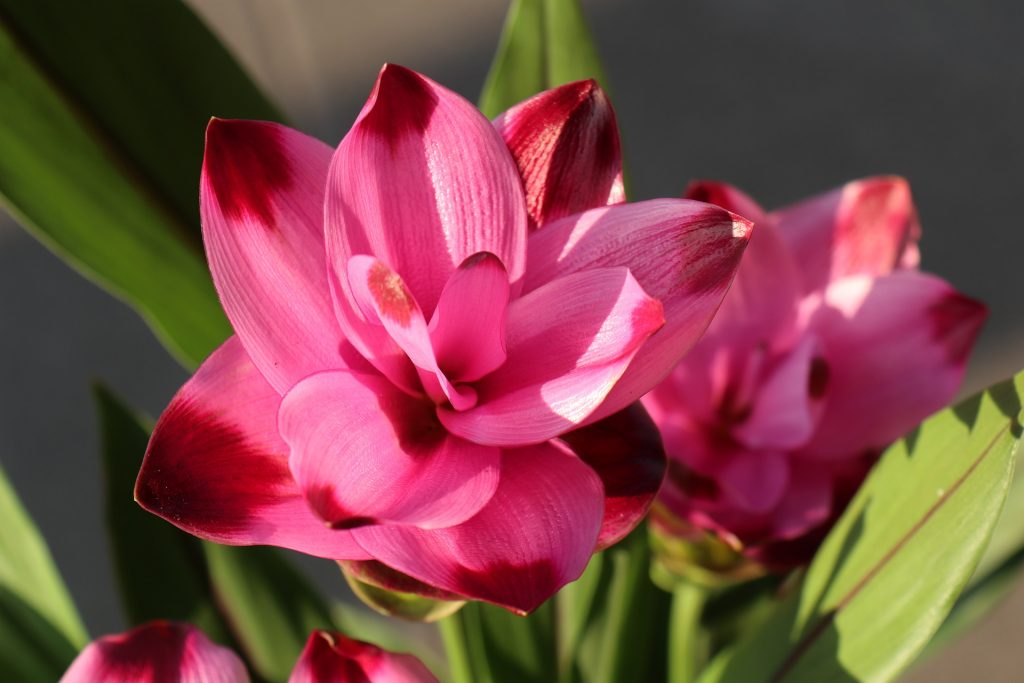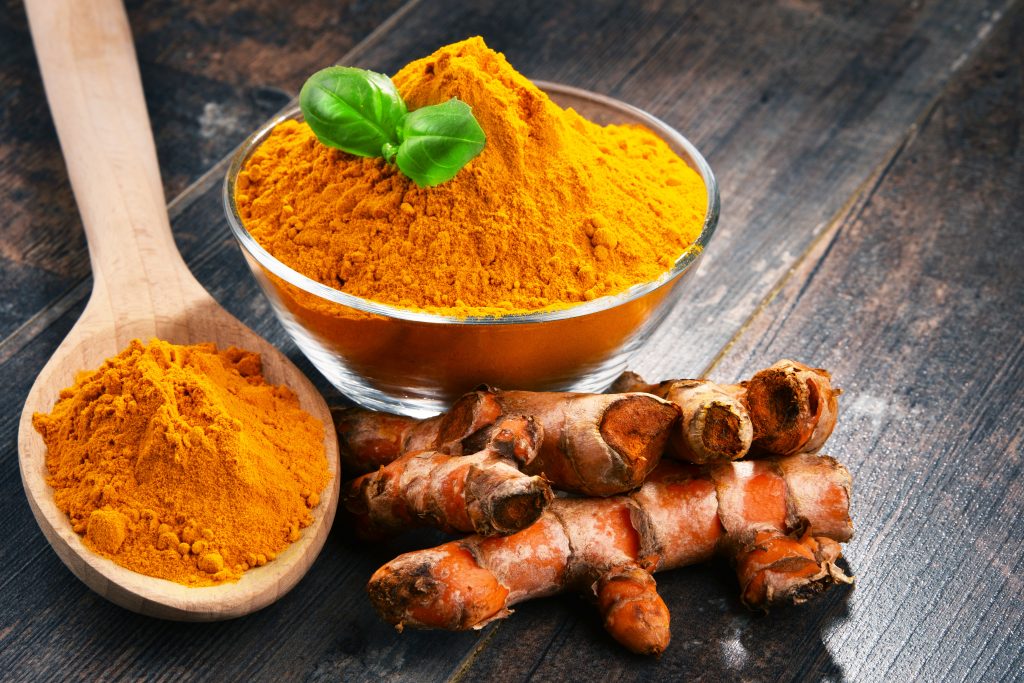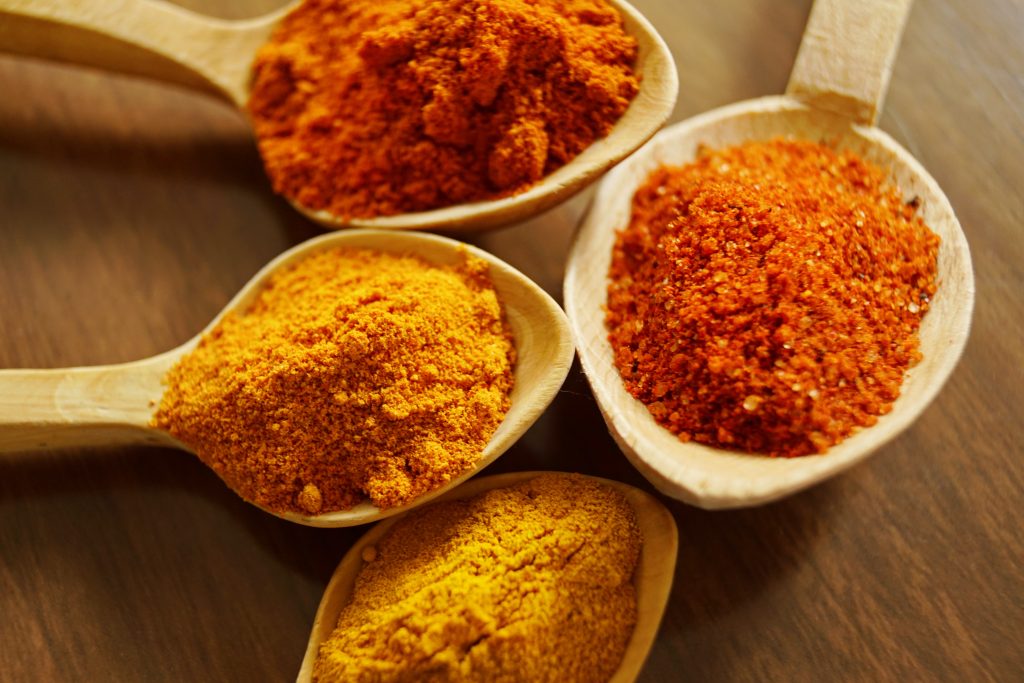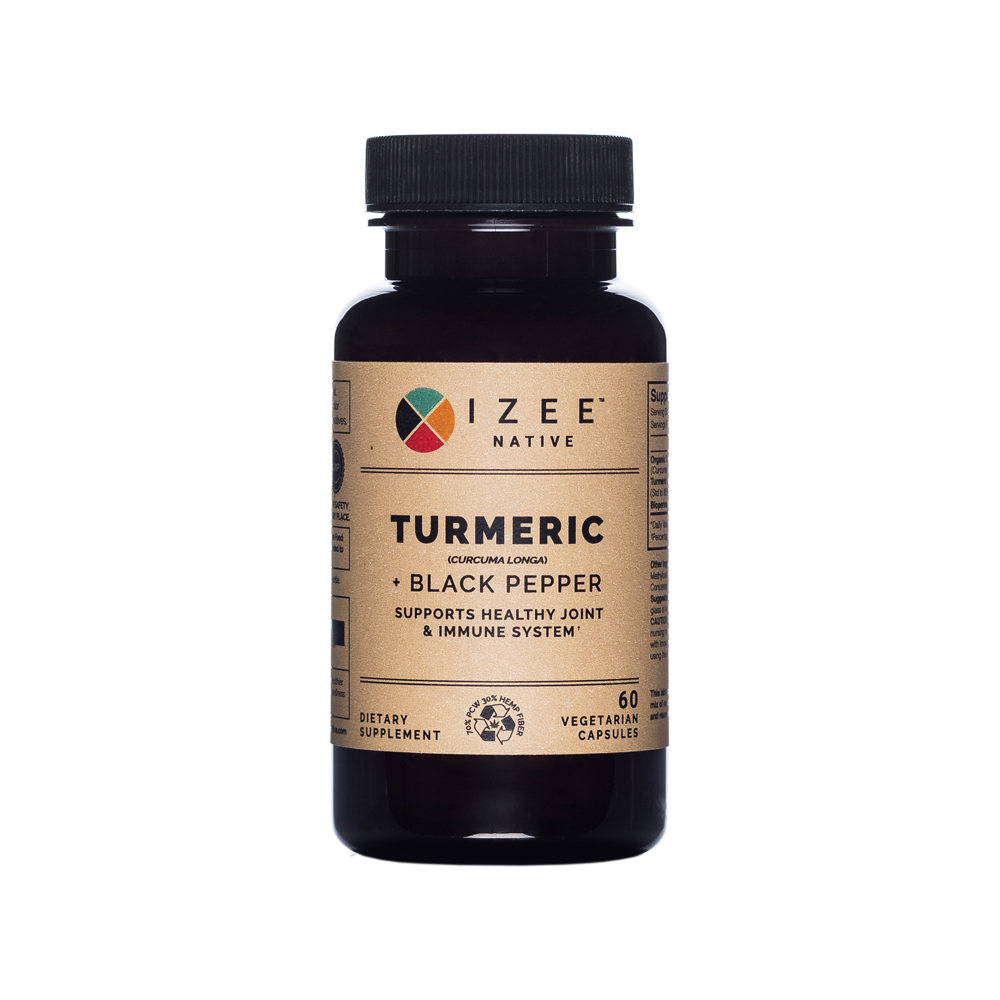What is Turmeric?
Where to start with this wonder herb….
In the world of medicinal plants, few possess such a full spectrum of benefits like turmeric. With an essence that is mildly aromatic and a flavor that is pungent and bitter, turmeric is a plant ally that packs a lot of punch. Native to the warm lands of southern India and Indonesia, turmeric belongs to the ginger family with a rich history of use in plant medicine and culinary delicacies. In the next paragraph, I’ll break down more of the specifics.
What is the Difference between Turmeric, Curcumin, and Curcuminoids?
All of these terms can get confusing. This paragraph defines the three in simple terms.
–Turmeric, or curcuma longa is the plant. It is a rhizome, which means it is a root that grows underground.
–Curcuminoids are a family of active compounds within turmeric.
–Curcumin is the primary curcuminoid within turmeric. Most studies are done on this ingredient and it is the reason for many of turmeric’s health benefits. It is also the reason for the spice’s golden yellow color.
Now that we got some plant biology out of the way, read further to unravel turmeric’s impressive background.
Ancient Remedies and Uses
Take yourself back over 4,000 years. A time before modern medicine or mass production. A time when humans relied on the land and lived in harmony with nature. During this time, turmeric was gifted several different names in Sanskrit such as Haridra (The Yellow One), Gauri (The One Whose Face is Light and Shining), and Kanchani (Golden Goddess).
The healing properties lie in the golden fingerlike stalk. As a result, several different groups of people benefited from it throughout time. One group being the ancient Indo Europeans, where the herb was highly praised for its preservative qualities, along with spiritual and energetic benefits.
Another group of people were the Aryan. The Arya culture was a group of people who worshipped the solar system and the sun as a deity. Since turmeric shares similar golden yellow colors as the sun, the Aryan believed it to be sacred with special protective properties.
Turmeric is also found throughout Indian culture. For example, people of ancient India believed that turmeric contained the energy of the Divine Mother, helping to grant prosperity, cleanse the chakras (energy centers in the body), and purify channels in the body. Today, a board member of the National Ayurvedic Medical Association, describes it as “auspicious” and one of the most important herbs. Presently, it is placed on the forehead of the bride and groom in traditional Indian wedding ceremonies.
Honestly, there are hundreds of more stories about turmeric’s magical abilities throughout history. To spare some reading time, let’s skip ahead to modern day uses, which you’ll read in the next paragraph.
What Science Says about Turmeric
In this paragraph I’ll go over several of the health benefits of turmeric, which are backed by science.
1. It is a natural anti-inflammatory
Inflammation is at the heart of most chronic Western diseases. Therefore, it is important to be mindful of what increases and decreases inflammation in our bodies. Studies show that curcumin is a powerful anti-inflammatory. Its effectiveness compares similarly to some over-the-counter drugs (1, 2, 3).
2. It is a powerful antioxidant
Antioxidants protect your body from free radicals. Due to its chemical structure, curcumin can neutralize free radicals (4). Curcumin also boosts the activity of your body’s own antioxidant enzymes (5).
3. May improve brain function and lower risk of brain diseases
Many common brain disorders such as depression and Alzheimer’s disease link to decreased levels of a hormone called brain-derived neurotrophic factor, or BDNF. Curcumin may increase levels of BDNF (6, 7). More human studies are needed, but this is promising for helping with brain diseases and decreases in age-related brain functioning (8).
4. May lower risk of heart disease
Heart disease is one of the leading causes of death in our world. Studies show that curcumin may help prevent cardiovascular disease (9).
6. May help with arthritis
Arthritis is inflammation of the joints and turmeric is anti-inflammatory. Studies have shown that curcumin was even more effective than an anti-inflammatory drug for rheumatoid arthritis (10).
What to Look for when Buying Turmeric Supplements
It is important to note that as powerful as this ancient remedy is, it’s actually quite difficult for our bodies to absorb most of it. To make sure you are getting the most out of the herb’s benefits, buy supplements with the following three criteria:
- Contains black pepper: Our bodies may only absorb about 5-10% of curcumin. If you add black pepper with turmeric, it may increase absorption by 2,000%.
- Has a high percentage of curcuminoids: Sometimes on the supplement bottles you’ll see the percentage of curcuminoids. Buy one with 90% or above.
- Organically grown: Have peace of mind knowing there aren’t any chemicals or artificial substances added to your health sources.
The Takeaway
Overall, I think turmeric is worth considering adding to your daily wellness regiment. The amount of scientific research supporting its many health benefits is almost overwhelming. Not to mention its historical use over thousands of years contributes to many interesting and inspiring stories. Like with all supplements, always check with a trusted physician to see if turmeric can be a beneficial plant companion in enhancing your overall well-being.





